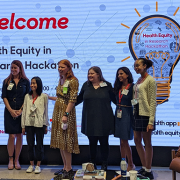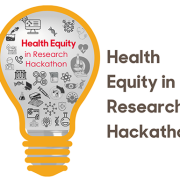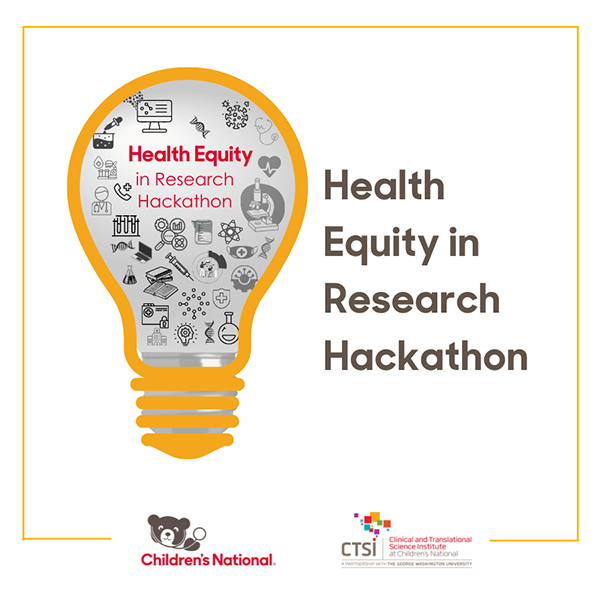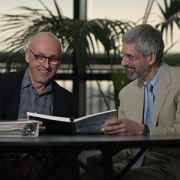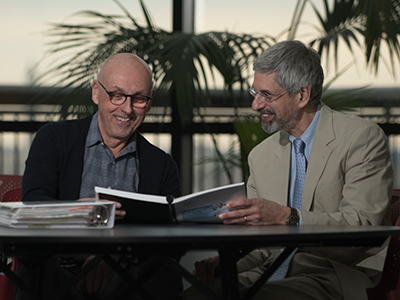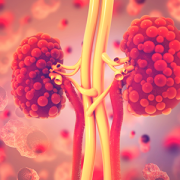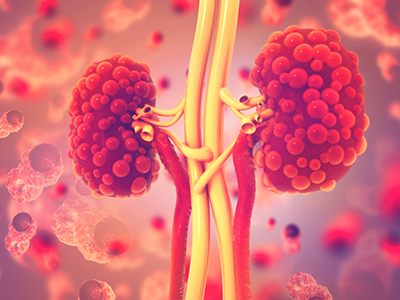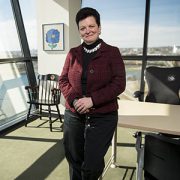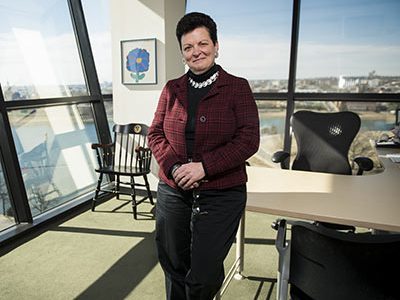Innovations for health equity: Food pharmacy app wins Hackathon
When families come into the endocrinology clinic, 66% of prediabetes and Type 2 diabetes patients screen positive for food insecurity. One remedy: a smartphone app envisioned by Children’s National Hospital researchers to communicate with families between visits and provide resources to help stock pantries with nutritious foods.
The Children’s National Food Pharmacy app is on its way from idea to reality, thanks to the inaugural Health Equity in Research Hackathon event at the Children’s National Research & Innovation Campus. This team-based, “Shark Tank”-like competition involved roughly 50 experts designing creative healthcare solutions that could be delivered through ubiquitous smartphones.
“It takes a village to raise a child, and we want to show that at Children’s National we are part of that community,” said food pharmacy founder and diabetes educator Alexis Richardson, M.S., R.D., L.D.N., C.D.C.E.S.
Why it matters
The rate of new-onset Type 2 diabetes increased by a staggering 182% during the first nine months of the COVID-19 pandemic. Now, the Children’s National food pharmacy provides families that screen positive for food insecurity during quarterly clinic appointments with a 50-pound bag of medically-tailored groceries.
The new app, as envisioned, would follow them home to connect them with food bank information and other nutritional resources, eliminating paper forms and other hurdles that get in the way of care.
What’s ahead
Children’s National leaders are committed to making the proposal a reality. “We are going to support today’s winner through the next steps to prepare them to enter the app development pipeline at the Sheikh Zayed Institute,” said Lisa Guay-Woodford, M.D., director for the Clinical and Translational Science Institute at Children’s National (CTSI-CN) and one of the main judges of the competition.
The app development will happen in the months ahead. Kevin Cleary, Ph.D., technical director of the Sheikh Zayed Institute of Pediatric Surgical Innovation, said the Hackathon planted the seeds. “It really depends on the drive of the individual to see the idea to fruition,” Cleary told competitors.
Other app entries were encouraged to continue their work:
- The Surgical Checklist, led by Brian K. Reilly, M.D., co-director of the Cochlear Implant Program: this app would help patients and providers successfully navigate the often-confusing pre-operative checklist, including required physical exams, lab work, imaging and pre-procedure fasting. Reilly said the hospital handles about 15,000 cases a year, and about 10% are rescheduled, often for reasons that could be avoided with digital organization and reminders for families.
- More than Determined, led by Pediatrician Jessica Lazerov, M.D., M.B.A.: this app aims to give time-strapped providers a platform to better understand and address social determinants of health – such as access to safe housing, education and jobs – that can promote better preventative care outcomes.
The Health Equity in Research Hackathon was created by the new Health Equity in Research Unit, a joint initiative between the CTSI-CN and the Center for Translational Research within the Children’s National Research Institute.
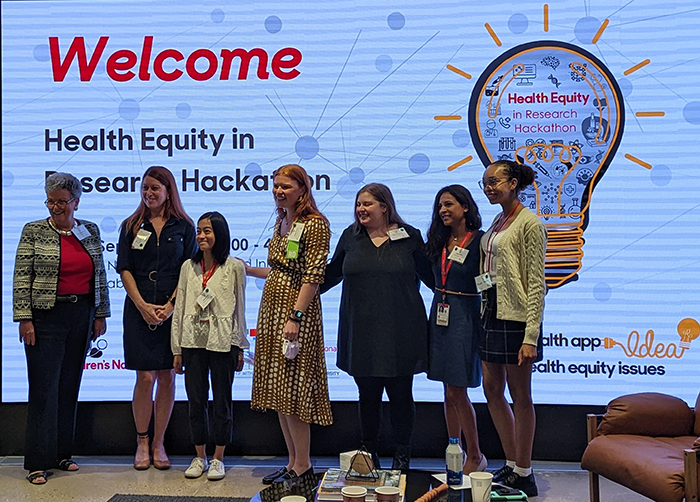
Dr. Lisa Guay-Woodford, director for the Clinical and Translational Science Institute, joins the winners of the inaugural Health Equity in Research Hackathon: the Children’s National Food Pharmacy. The team’s proposed app will connect families facing food insecurity with resources and guidance for nutritious eating.


